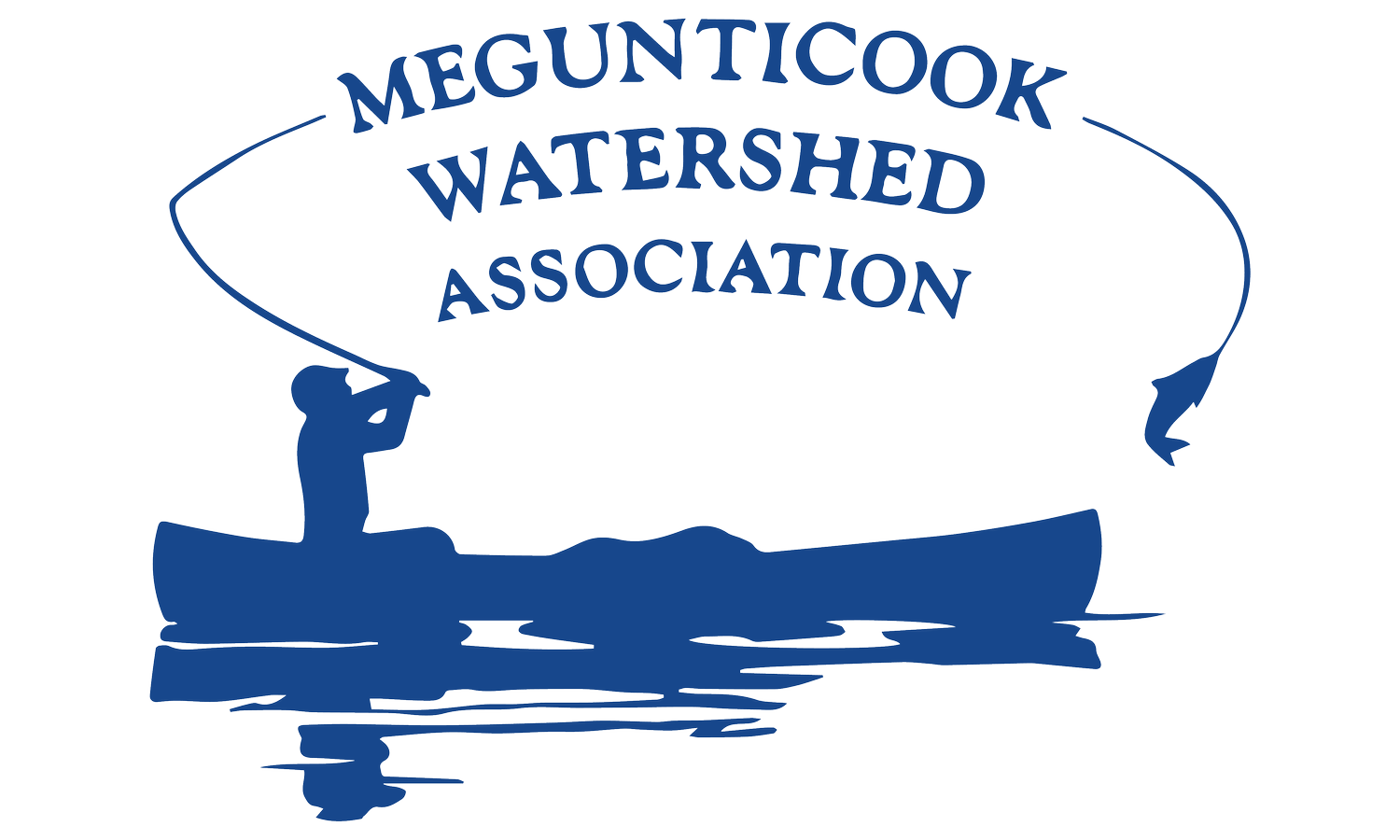Better Buffers Are Better for the Watershed
What Makes a Better Buffer?
It seems to me we all need a buffer refresher. From boating around the lake, I can see there is a lot of room for improvement along the water edge that will go far to preserve the water quality for years to come. Don’t we all want that? Every little bit helps. We added a few feet this fall and will be adding more plants to it in the spring. And furthermore, a buffer zone can help a greater endeavor in replacing habitat that is continually lost in development.
Better buffers are bigger – wider, longer, The shoreline is best protected by a buffer of 75 feet going up from the edge. But any buffer is better than none.
Better buffers have multiple Think tall and shorter trees, shrubs, shorter perennial plants, and ground covers. Each have functions in slowing the flow of rain or run-off the the water.
Better buffers include a layer of duff on the ground that is nice and permeable to rain and filters out pollutants or other matter that otherwise can get into the Never rake away that layer thinking it’s not useful or unnecessary or unsightly. It is helping keep the water clean and clear by allowing rain and runoff to sink in more easily.
Better buffers have different heights of plants. Each one catches more rain and helps “slow the ” And try not to limb up all the trees even though it’s tempting to have a better view. Those branches have leaves that work in your favor to protect the water quality.
Better buffers have different kinds of root structures. This means a good mix of plant species whose roots are not all the same depth or density. Grass roots only penetrate a few inches into the ground. Not good enough. More diversity in roots is of benefit for absorbing the run-off.
Better buffers have different sized leaves. This helps direct the rain water down to the Look at the leaves of grass. How can they help? They don’t. A mixture of different plants will have different size and shapes of leaves which all work together to divert rain from the slope to the water.
Better buffers support wildlife. You can plant shrubs that have berries for birds and mammals, perennials with flowers that feed pollinators and other insects, ferns and other greenery that offers safe shelter for critters. Some plants even feed fish indirectly by being habitat for insects. If the foliage overhangs the water, fish are helped as well by the protection given by the shady branches. It’s not all about people!
Better buffers are made predominantly of native plants. They don’t need fertilizing; they don’t need soil amendments like compost. They don’t need to be sprayed for pests and you shouldn’t spray any plant close to the water anyway. Over the years this means less work. Look at the natural shoreline of your water body to see what is there already and doing a good job. Or there are plenty of resources on-line to guide your choices.
Better buffers are more beautiful. How boring is a lawn. It’s basically a green desert. There is little life or excitement in all that grass. A buffer, well-layered, with plants chosen to offer flowers throughout the growing season, is much more pleasing to the eye and supports wildlife that is endlessly fascinating to watch. Your children and grandchildren need that exposure to nature and so do you!
The kicker: A buffer helps the trend toward sustainability in many ways. We really need this and especially in supporting all the small creatures that we need so the larger creatures including us can exist. We need more wild, native plant-rich, invasive plant-less areas everywhere. Read the news about the loss of insects, loss of birds.
You can help out – if everyone did this we can work our way back to a planet that has more health for all – just by adding native plants to your property.
Please view this youtube recording of a recent webinar from Ohio State University featuring Dr. Doug Tallamy. Well organized, beautifully illustrated with photographs, and yes, passionately presented, it has many ideas, lots of them very easy, for ways to and reasons for turning your property into a wildlife habitat! https:// u.osu.edu/pollinators101/recordings/ and pass it on!
https://www1.maine.gov/dep/land/watershed/buffhandbook.pdf The Buffer Handbook
https://www.maine.gov/dep/land/watershed/buffer_plant_list.pdf Buffer plant list – not all native but a good reference with descriptions
-By Amy Campbell, MWA member. Amy Campbell has spent part of every summer of her life on Megunticook Lake and always enjoys learning new things about life of all kinds in the watershed.

